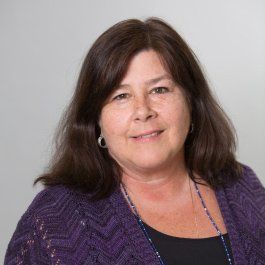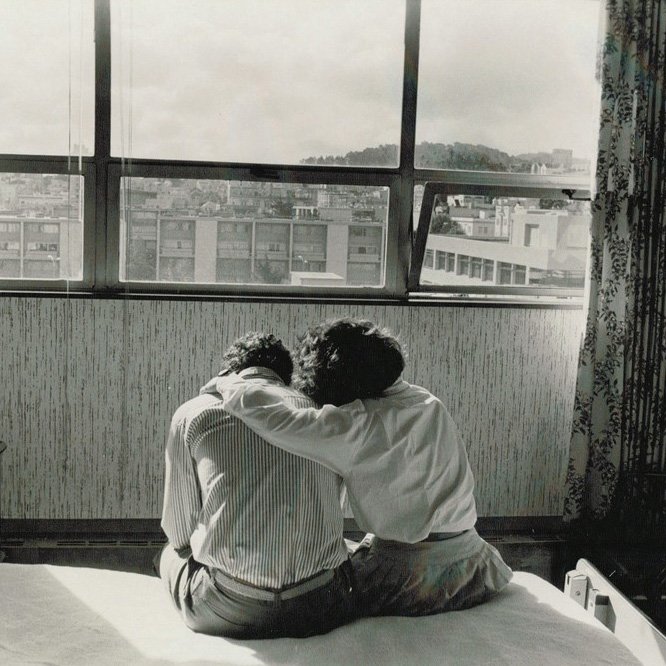AIDS at 40: Sexism, Structural Racism and Discrimination Continues for HIV and COVID-19
This story is one in a series of first-person perspectives from those who are working on the frontlines to better understand, treat and prevent transmission of HIV and AIDS as well as COVID-19. You can read more about the 40 years of AIDS in SF and how it has shaped the COVID-19 response.

Carol Dawson-Rose
HIV has shaped my adult life. My entry into nursing school in the fall of 1981 coincided with the HIV epidemic. Because of where I grew up and who I am – a lesbian living in Los Angeles during the height of disco – my personal life and emerging professional life were subsumed by the HIV epidemic.
Some of my closest friends knew they had AIDS even before the antibody test for the virus was introduced in 1985. And many of them died before protease inhibitors were approved for use in 1996: Roscoe, Marcus, Denver, Rae, David, Denis, Juan … the list goes on.
One of my favorite jobs was working as an HIV home hospice nurse in San Francisco when viral suppression was still only a distant hope. My Monday through Friday routine involved being a graduate student at UCSF and my weekends were made up of home visits to individuals being treated for opportunistic infections: palliative care for Brian who was 26 with advanced Progressive multifocal leukoencephalopathy or PML who had lost his vision, lived alone and whose parents were visiting while trying to comprehend what was happening to their son; and Irene who was wasting from MAC and receiving IV infusions for CMV retinitis several times a week; or making time of death visits when people died at home.
Sexism, structural racism, and discrimination have always framed who becomes infected, whether by HIV or by COVID-19, and who has better treatment outcomes.
During the International AIDS Conference in 1996 in Vancouver, news of the small and powerful results of the first protease inhibitor trial was euphoric for me and my friends. We were there as students and community members, staying in the dorms at the nearby university. I remember remarking that getting into the oral abstract session was like going to a sold-out concert that everyone was anticipating, while down the hall the session on community empowerment for women living with HIV had only 25 attendees in an enormous hall.
At that same conference, I presented a poster on results from a quality of HIV care study that I worked on as a graduate student researcher; the findings I presented described disparities in symptom experience and care between African-American and white men hospitalized for PCP in San Francisco.
How can we apply these lessons learned in the fight against AIDS to the current pandemic of COVID-19? What’s changed? Well, everything and nothing. Sexism, structural racism, and discrimination have always framed who becomes infected, whether by HIV or by COVID-19, and who has better treatment outcomes.
Structural discrimination is supported and emboldened by institutions, and we as HIV professionals and individuals who lived through the epidemic know this to be true. We have seen policies enacted within and outside of the United States that overtly support discrimination based on race, gender, and LGBTQ+ identity, and that lead to inequities in prevention, treatment, and care. This has been my experience of more than 40 years of living the HIV epidemic. When can we finally put what we have witnessed and experienced into systemic structural change?
Carol Dawson-Rose, RN, PhD, FAAN, is James and Marjorie Livingston Endowed Chair in Nursing Excellence and professor and chair of the Department of Community Health Systems in the UCSF School of Nursing at UCSF.
40 Years of AIDS in SF
Learn about UCSF’s four decades of work in HIV and AIDS, and how it has informed our response to the COVID-19 pandemic.
